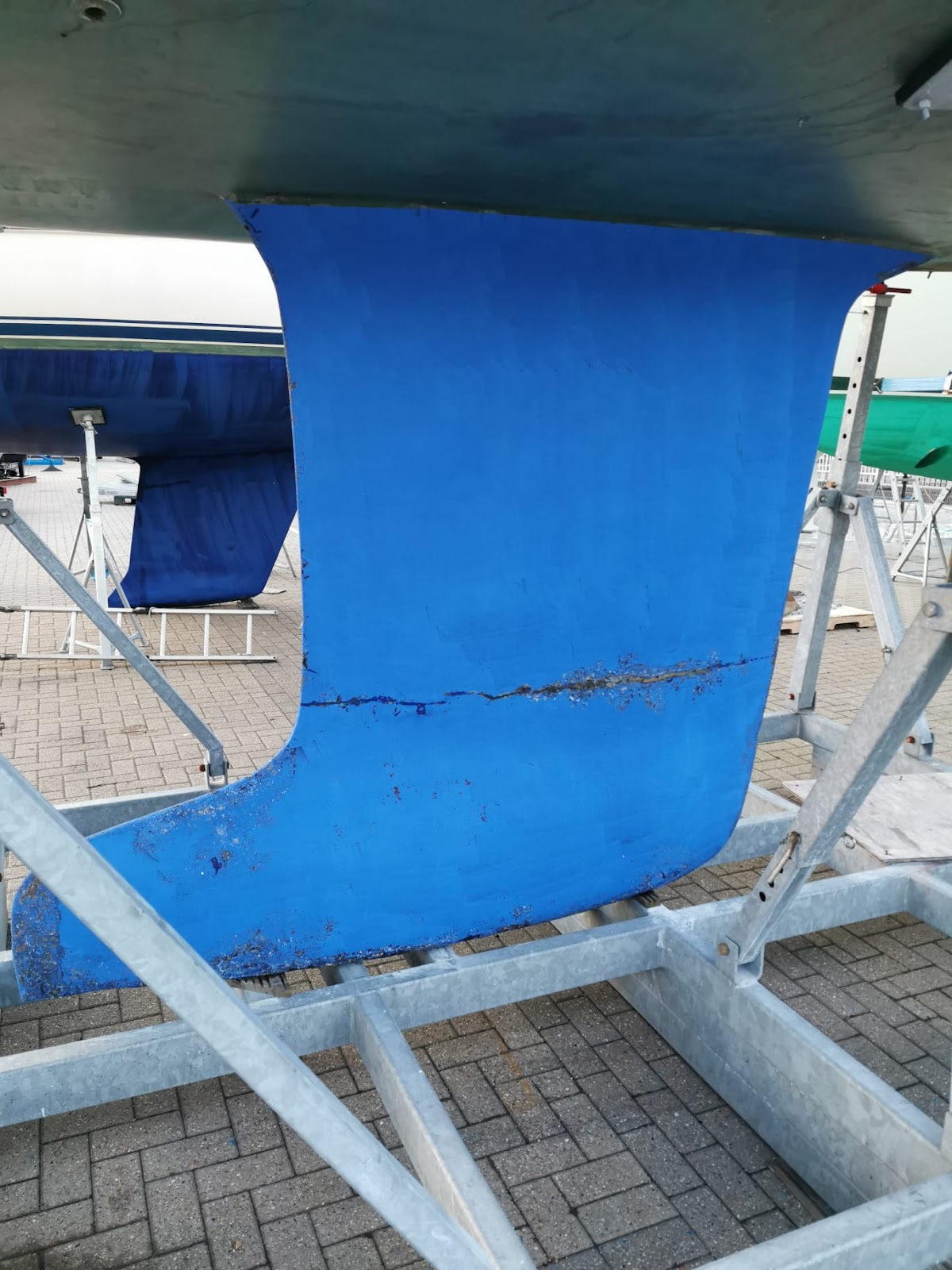Seasons greetings,
It is that time when I'm back out of the water for a spell on the hard for a deep clean inside and a wash and polish out. However, as with these things the mere fact that there are three months in front of you, there's an option to leave it for another day. Certainly, this cold snap does not bode well for the Skipper to dip his hands in buckets of hot water only to splash it all over my cold sides to remove the salty sticky, polluting particulates that adhere to my sides. So I'll give him that, it can wait and it is bound to rain at some point too!
The electricity charge of £5/day has been resolved with the fitting of a meter maid that like your electricity meter at home just counts the kWh used. At £0.19/KWH plus an admin fee of £0.27/day, it means that I have just the single oil-filled, timed radiator in the master cabin disseminating the heat through the saloon to the rear cabins if it hasn't gone cold by then. When Skip arrives on some occasions he does run the Webasto heater, which runs on the diesel he topped up before moving me to the marina. That tends to warm me throughout and probably him too whilst spending time down here.
As usual, a visual inspection of my hull is carried out whilst I'm in the slings and being jet-washed, this defines if there are any areas that need attention due to the build-up of weed, that the Copper Coat in the main keeps off. As is usual, the crack between the 3.5t lead bulb and the cast iron keel from which it hangs, is closely inspected for any deterioration.
This year when I came out in August, to have another prop fitted, the tail of the lead bulb was slightly damaged. When inspected more closely, it appeared this was either a repair from a previous event or more likely a feature of when the lead bulb was formed and miss-shapen. Once fitted, it was then reshaped with a filler.
This has proved also to be the case for that annoying crack. A few areas of rust have appeared on my keel and so Skipper went around with a wire brush and a hammer. When he looked at the crack more closely and tapped it he realised that it had been filled and went on to remove it back to the lead underneath. Once cleaned up a bit more he'll build it back up in resin layers, with fiberglass fragments cut into the mix, before finally finishing off with a filler to give a smooth surface.
Then it'll be rubbed right back to the Copper Coat previously applied and re-coated.

